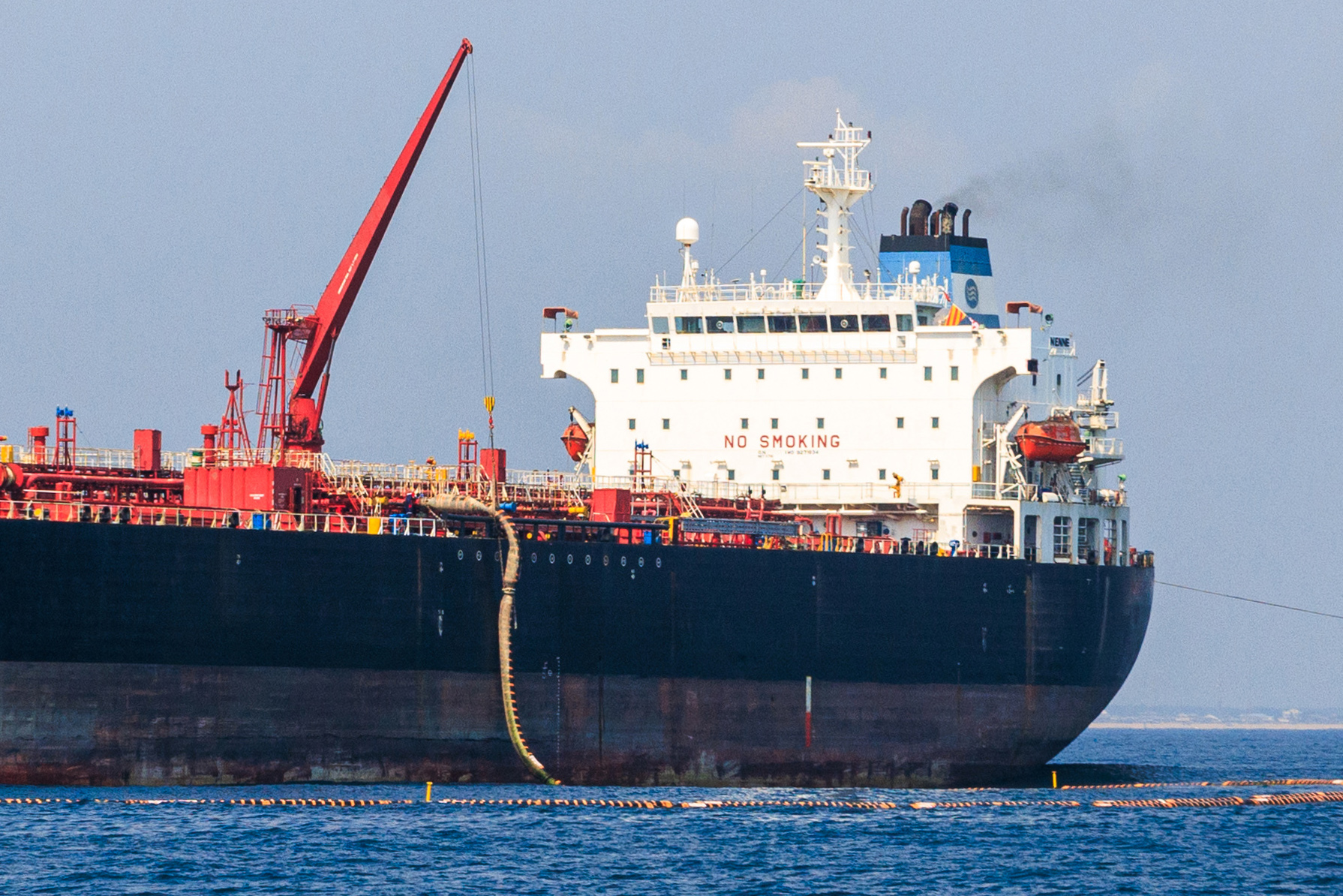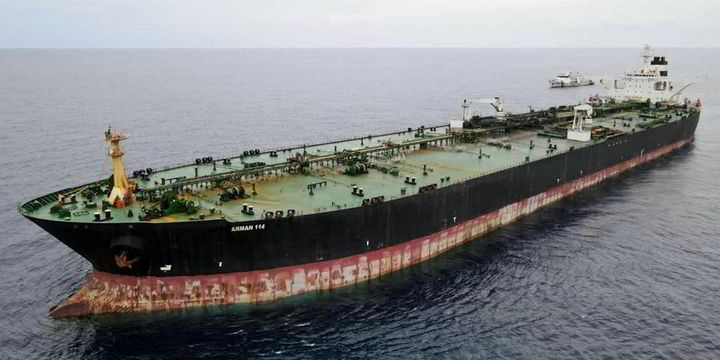Iran’s seaborne oil exports to China have reached unprecedented levels, defying U.S. sanctions and reshaping global energy dynamics.PressTV+4Tasnim News+4Reuters+4
Record-Breaking Exports
In August 2023, Iran exported an average of 1.5 million barrels per day (bpd) of oil to China, marking the highest level ever recorded. This surpassed previous records of 1.3 million bpd in February 2023 and 1.2 million bpd in November 2022 . The upward trend continued, with exports reaching 1.75 million bpd by August 2024, a 50% increase from the previous month .PressTV+5Iran Chamber Newsroom+5Mehr News Agency+5PressTV+5Mehr News Agency+5Iran Chamber Newsroom+5WANA
Factors Driving the Surge
Several factors contribute to this surge:
-
Independent Chinese Refineries: Known as “teapots,” these refineries have ramped up purchases of discounted Iranian crude to boost production margins.WANA+1Reuters+1
-
Sanctions Evasion: Iran employs a “dark fleet” of tankers that engage in ship-to-ship transfers and manipulate transponder data to conceal the origin of oil shipments, facilitating continued exports to China despite sanctions .Latest news & breaking headlines
-
China’s Strategic Interests: China remains Iran’s largest oil customer, importing around 77% of Iran’s 1.6 million bpd of crude in 2024, with estimated trade valued at nearly $29 billion .Reuters
U.S. Sanctions and Geopolitical Implications
The U.S. has intensified sanctions, targeting Chinese entities involved in importing Iranian oil. In April 2025, sanctions were imposed on a Chinese refinery in Shandong province for allegedly purchasing over $1 billion worth of Iranian crude oil . Despite these measures, China’s continued imports underscore the complexities of enforcing sanctions and the shifting alliances in global energy markets.Reuters+3Reuters+3AP News+3AP News+1Reuters+1
Iran’s increasing oil exports to China not only bolster its economy but also challenge U.S. efforts to isolate Tehran, highlighting the evolving dynamics of international trade and diplomacy.
1. Record Export Volumes
-
According to data from Vortexa, Kpler, and other tanker-tracking firms, Iran exported over 1.5 million barrels per day (bpd) of crude oil to China in early 2024, the highest in a decade.
-
Some estimates suggest shipments peaked at 1.6-1.8 million bpd in certain months, with much of it being discounted oil sold below global benchmark prices.
2. How Iran Bypasses Sanctions
-
Shadow Fleet & Ship-to-Ship Transfers: Iran uses a network of older tankers (often with obscured ownership) to transfer oil offshore (e.g., near Malaysia or the UAE) before shipments reach China.
-
Disguised Origins: Oil is often rebranded as originating from other countries (e.g., Malaysia, Oman, or the UAE) to avoid detection.
-
Chinese Independent Refineries (“Teapots”): Many small private refiners in Shandong province buy heavily discounted Iranian oil, as state-owned giants (Sinopec, CNPC) avoid it due to sanctions risks.
3. Why China Accepts Sanctioned Oil
-
Economic Incentive: Iranian crude trades at a steep discount (10−15 per barrel below Brent), saving Chinese refiners billions annually.
-
Strategic Diversification: China reduces reliance on traditional suppliers (Saudi Arabia, Russia) while strengthening ties with Iran.
-
Geopolitical Leverage: Beijing sees this as a way to challenge U.S. sanctions dominance while supporting an anti-Western ally.
4. U.S. Response
-
The U.S. has blacklisted some Chinese firms and tankers involved in the trade but has avoided aggressive enforcement (e.g., secondary sanctions on Chinese banks) to prevent broader tensions with Beijing.
-
Recent talks between Washington and Beijing included requests for China to curb Iranian oil imports, but compliance appears limited.
5. Impact on Global Markets
-
Iran’s total exports (including undisclosed shipments) now exceed 2 million bpd, helping offset OPEC+ supply cuts.
-
The influx of cheap Iranian oil into China has pressured global prices, complicating efforts by Saudi Arabia and Russia to stabilize markets.
Outlook
-
If U.S. enforcement remains lax, Iran-China oil trade will likely stay strong, especially as Tehran offers even steeper discounts to compete with Russian crude.
-
However, a potential U.S. crackdown post-2024 elections or stricter sanctions enforcement could disrupt flows.
External Links (Latest Reports & Data)
-
Vortexa (Tanker Tracking & Analytics)
-
Tracks Iranian oil shipments, including shadow fleet movements.
-
Kpler (Oil Flow Data)
-
Provides real-time export volumes and destination trends.
-
Reuters: “Iran’s Oil Exports to China Hit New Highs Despite Sanctions”
-
Bloomberg: “How China Buys Iranian Oil in the Shadows”
-
U.S. Treasury on Iran Sanctions Evasion

